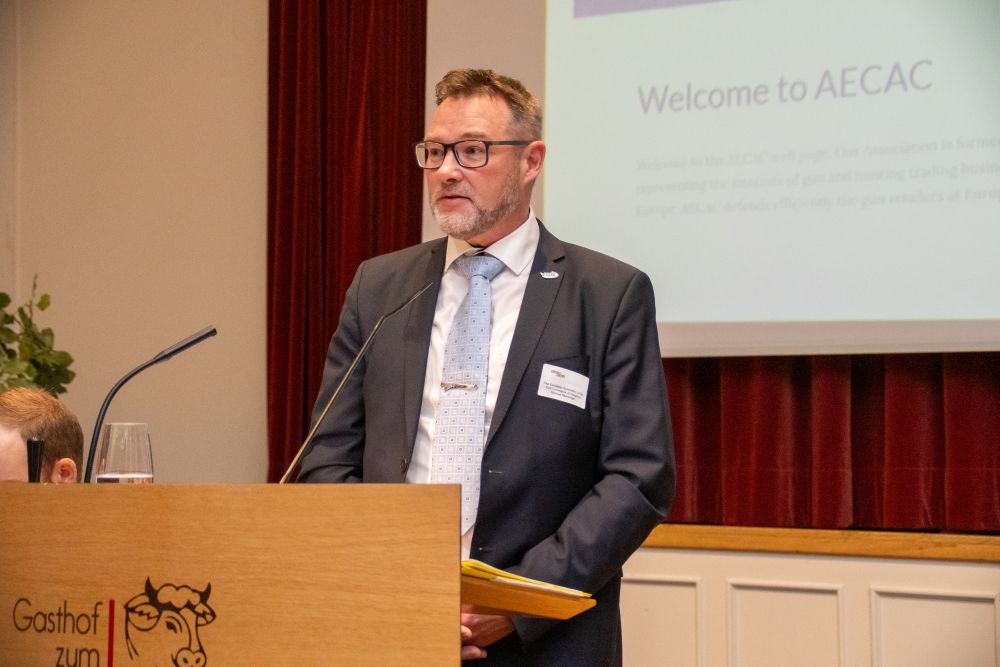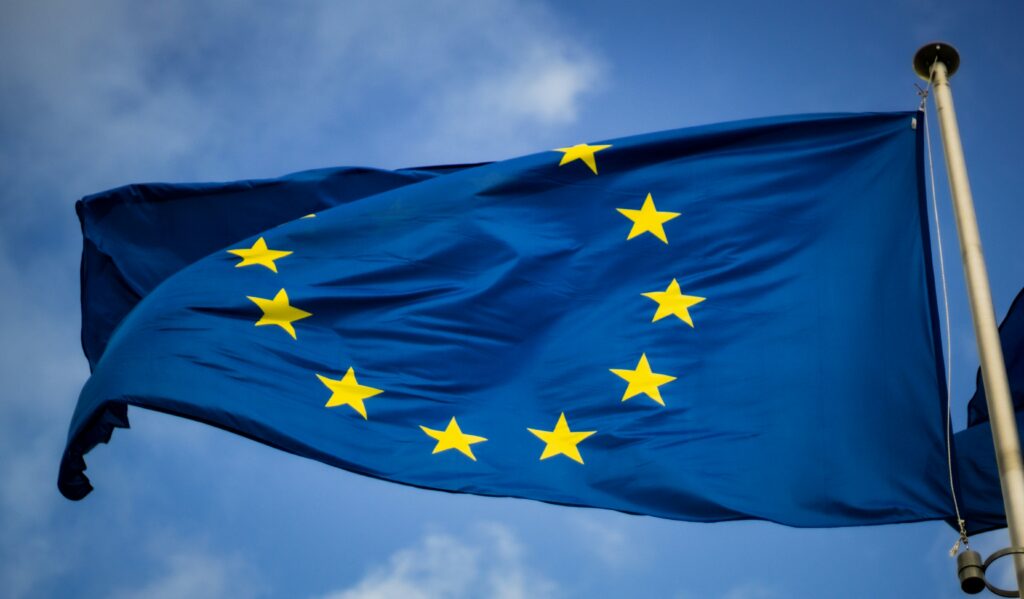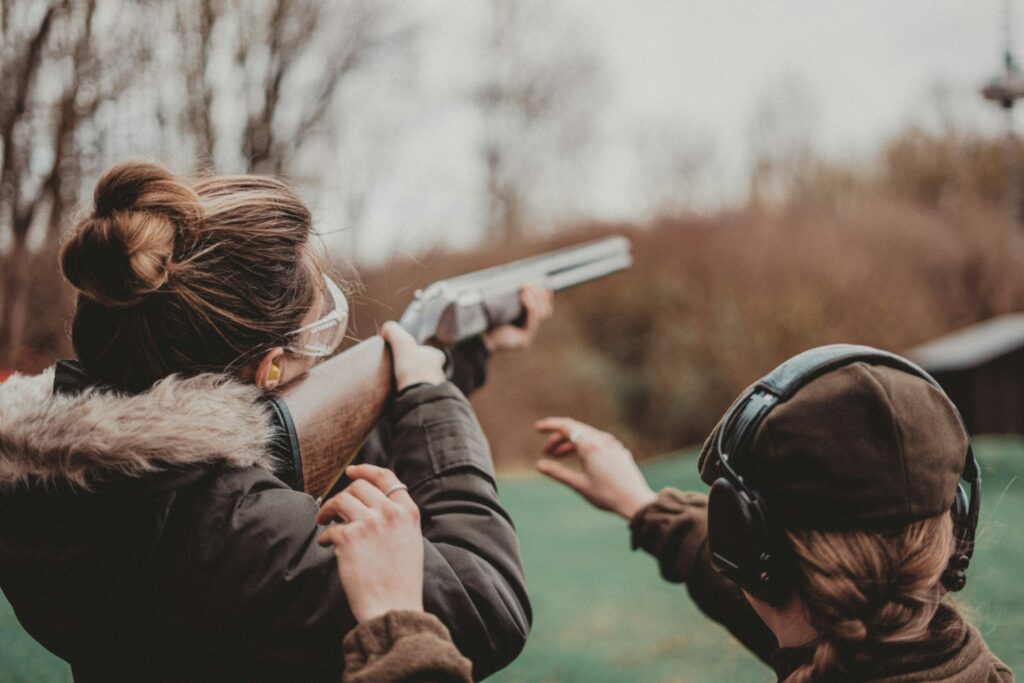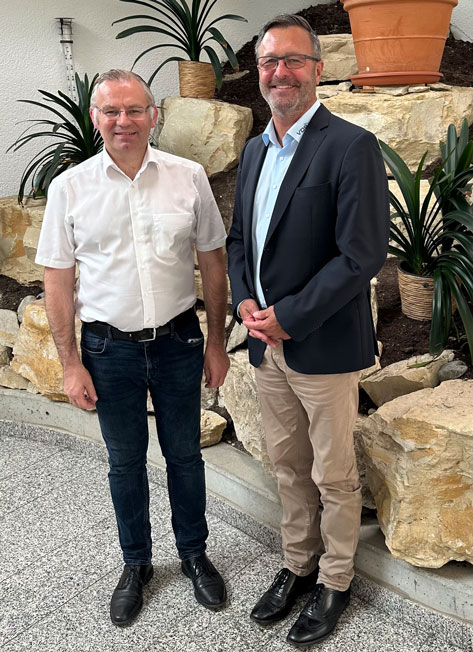Restricting lead in ammunition in Europe: Implications and consequences
The event in the European Parliament on the planned EU restrictions on lead ammunition, hosted by MEP Riho Terras (EPP, Estonia), made it clear that the current regulatory proposal entails significant practical, economic, and security-related problems. While environmental goals are acknowledged, representatives from hunting, shooting sports, and industry point out that the proposed regulation in its current form is unbalanced and would have unreasonable consequences for the sectors concerned.
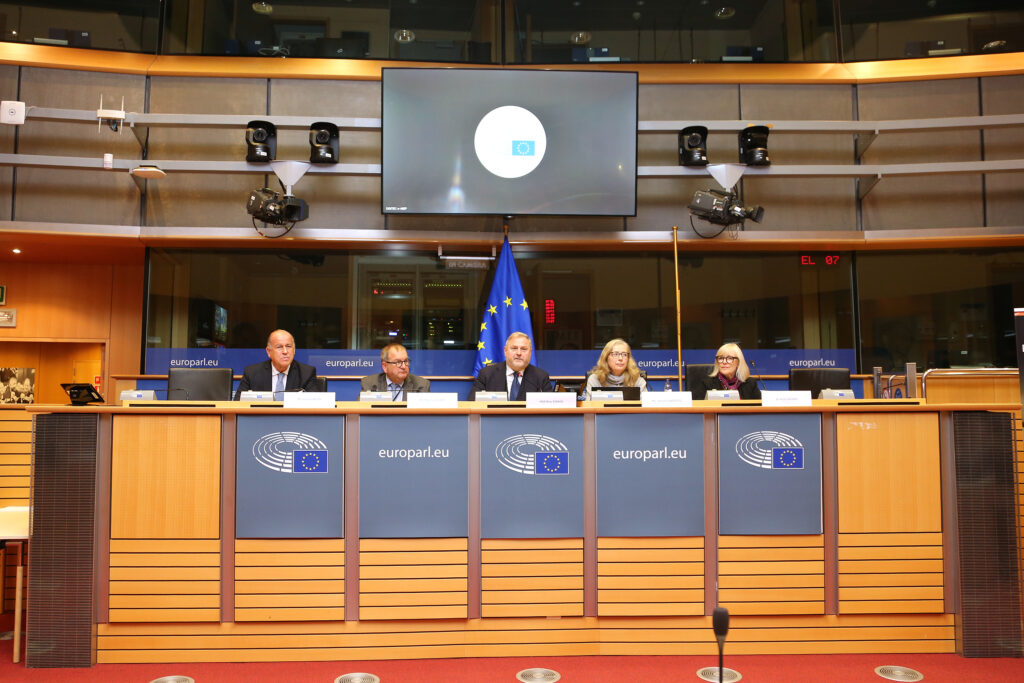
Picture by Alexander Louvet
The European ammunition industry emphasized that civilian and military production are closely interconnected. Therefore, restrictions in the civilian market would have direct effects on the supply of security authorities and armed forces – despite the exemptions provided. This endangers production capacities, supply chains, and investment security.
The regulation would also impose considerable burdens on shooting sports and their infrastructure. Sports associations warn of impractical requirements that threaten both elite and grassroots sports. Many clubs would be unable to afford the switch to alternative projectiles, new safety requirements, or costly modernization of shooting ranges.
The AECAC also spoke up, warning that overly short transition periods could financially burden gunsmiths and the firearms trade due to unsellable ammunition stocks, resulting in significant economic losses for the sector. The Commission acknowledged these concerns and agreed that further discussion is necessary. In response to the claim that Denmark had switched many years ago and banned the use of lead in ammunition, the AECAC pointed out that Denmark is not a member of the CIP and therefore had no related rules to follow—something that does not apply to many European Member States. Furthermore, the transition in Denmark took several years.
From the perspective of the AECAC, it is also questionable whether the intended environmental and health objectives are proportionate to the actual burdens, the existing regulatory framework, and the ongoing voluntary transition processes. Some statements by the Commission regarding the technical availability of alternative ammunition differ from the industry’s internal reality.
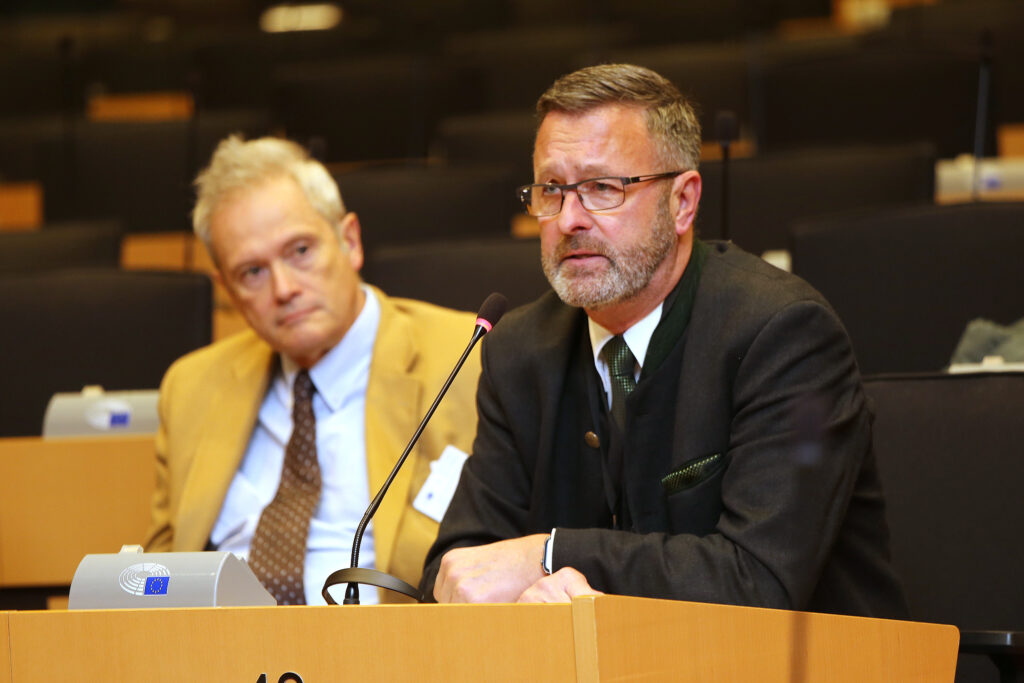
Peter Brass / Picture by Alexander Louvet
Overall, the discussion shows that the planned EU restriction is, in its current form, immature and insufficiently considers essential economic and security-related factors. The AECAC therefore, in line with the concerns expressed by industry and other associations, calls for a practical, proportionate, and technically feasible approach that takes environmental goals into account without destabilizing the entire sector.
You can find a report from FACE HERE and the recorded event HERE.
Restricting lead in ammunition in Europe: Implications and consequences Read More »





